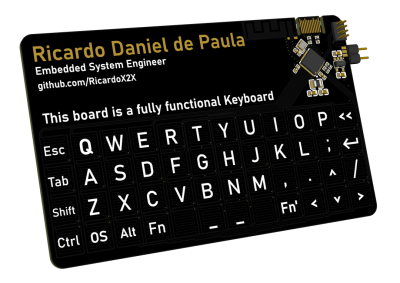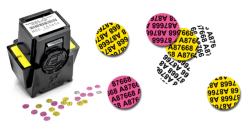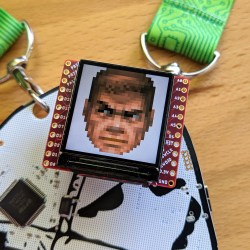From space, the most striking feature of our Pale Blue Dot is exactly what makes it blue: all that water. About three-quarters of the globe is covered with liquid water, and our atmosphere is a thick gaseous soup laden with water vapor. Almost everywhere you look there’s water, and even where there’s no obvious surface water, chances are good that more water than you could use in a lifetime lies just below your feet, and accessing it could be as easy as an afternoon’s work with a shovel.
And therein lies the rub for those who delve into the Earth’s depths for the minerals and other resources we need to function as a society — if you dig deep enough, water is going to become a problem. The Earth’s crust holds something like 44 million cubic kilometers of largely hidden water, and it doesn’t take much to release it from the geological structures holding it back and restricting its flow. One simple mineshaft chasing a coal seam or a shaft dug in the wrong place, and suddenly all the hard-won workings are nothing but flooded holes in the ground. Add to that the enormous open-pit mines dotting the surface of the planet that resemble nothing so much as empty lakes waiting to fill back up with water if given a chance, and the scale of the problem water presents to mining operations becomes clear.
Dewatering mines is a complex engineering problem, one that intersects and overlaps multiple fields of expertise. Geotechnical engineers work alongside mining engineers, hydrogeologists, and environmental engineers to devise cost-effective ways to control the flow of water into mines, redirect it when they can, and remove it when there’s no alternative.





















